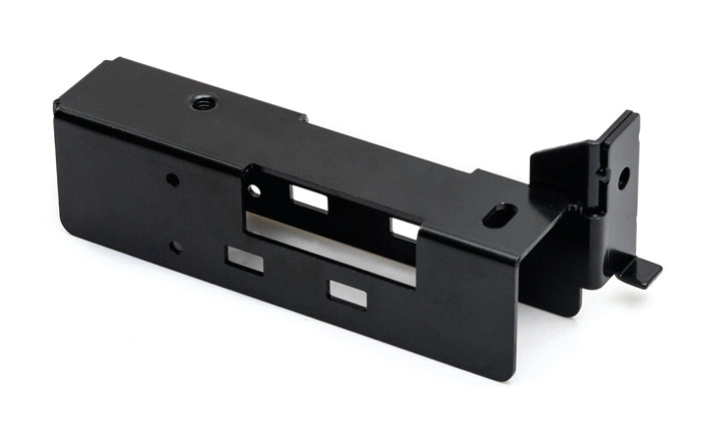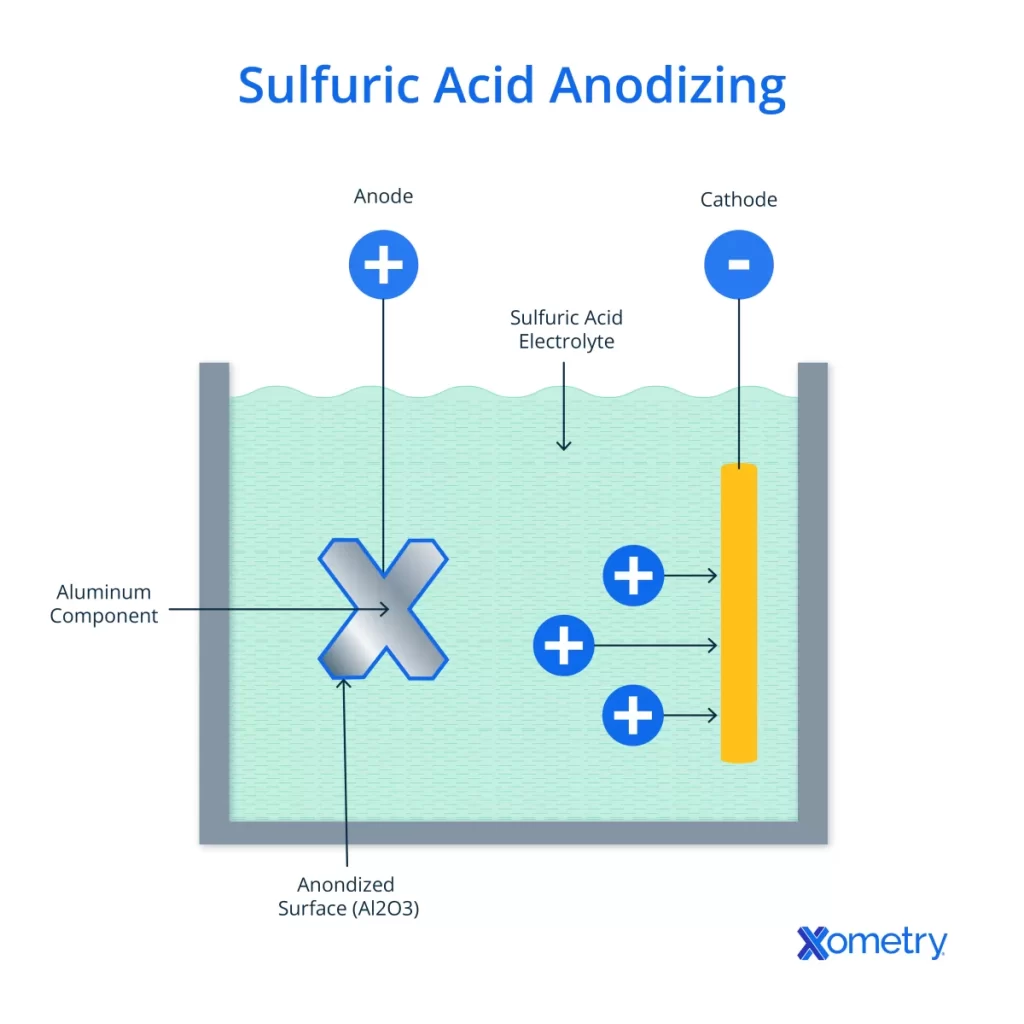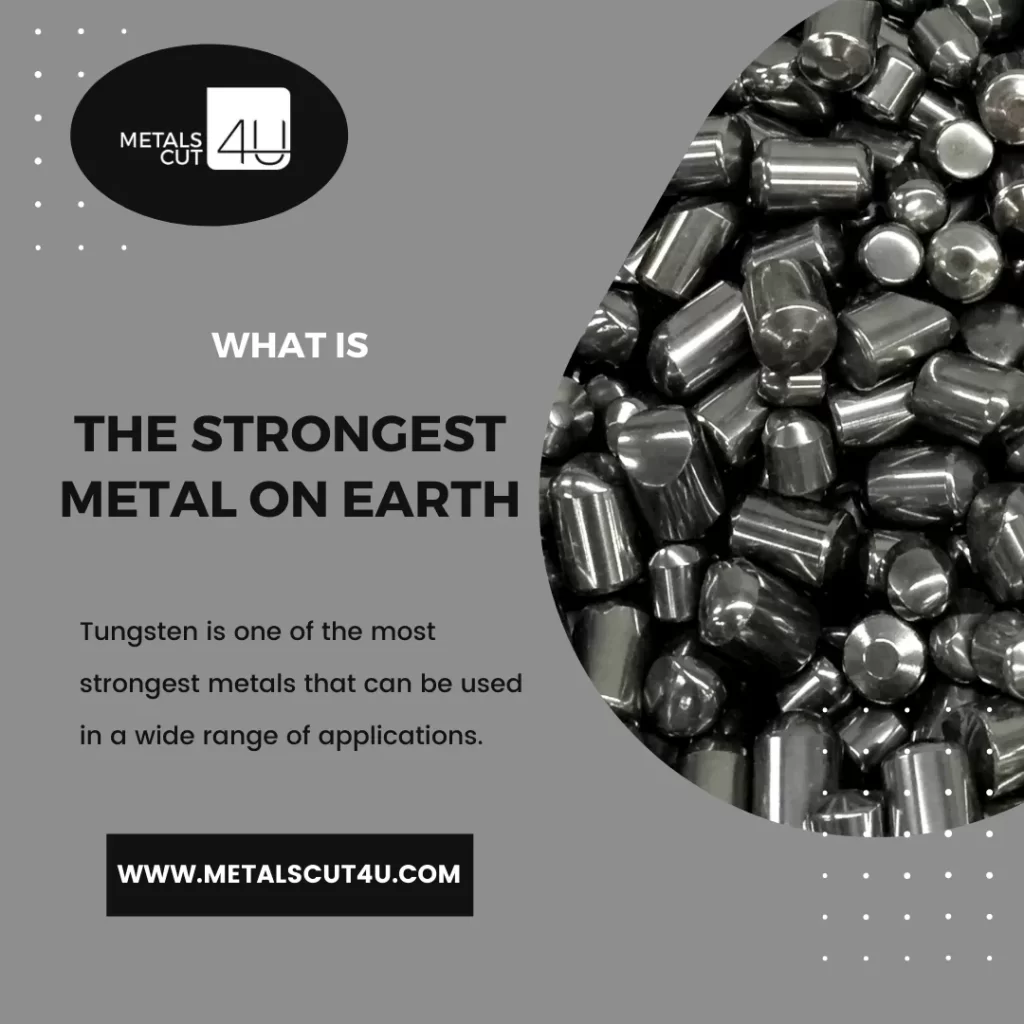Understanding Sheet Metal Hardware
What Is Sheet Metal Hardware
Sheet metal hardware refers to the variety of fasteners and components used to join, support, or reinforce sheet metal parts in fabrication projects. This includes items like PEM fasteners, rivets, screws, nuts, and clips designed specifically for thin metal sheets. These hardware elements are essential for creating strong, reliable connections without compromising the structural integrity of sheet metal components.
Why Hardware Matters in Sheet Metal Design
In sheet metal design, hardware plays a crucial role in ensuring assembly strength, ease of installation, and overall product durability. Properly selected and positioned hardware can prevent issues such as material deformation, weak joints, or complicated assembly processes. For example, using the right PEM fasteners allows for secure hardware insertion without the need for welding or additional machining, which can save time and reduce manufacturing costs. Thoughtful hardware integration enhances both the functionality and longevity of custom sheet metal parts across industries like automotive, electronics, and industrial equipment. Understanding the importance of hardware early in the design phase supports better design decisions and smoother production workflows.
Key Design Considerations for Sheet Metal Hardware
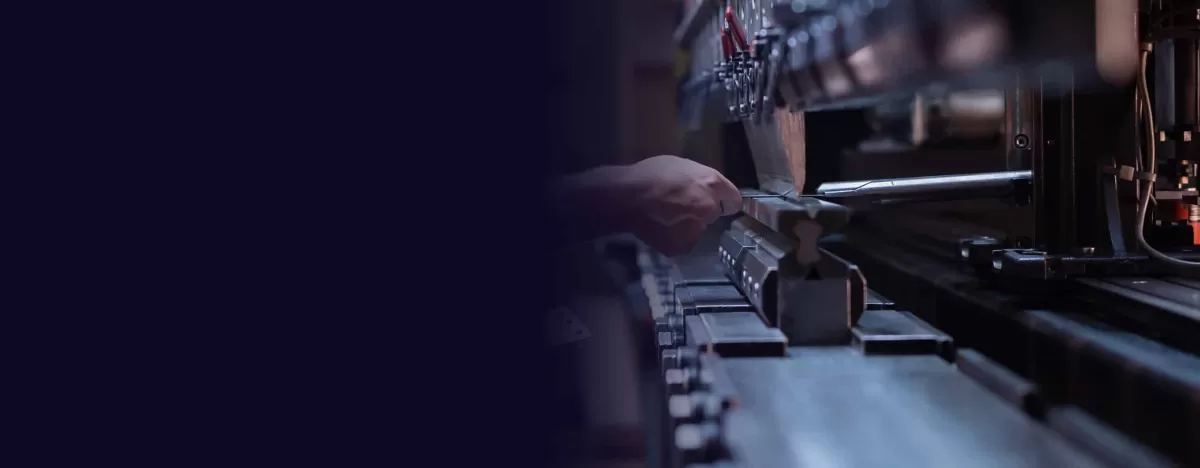
When designing sheet metal hardware, there are several important factors to keep in mind to ensure your project works smoothly and looks great.
Material Selection and Compatibility
Choosing the right material is the first step. Your hardware must match the sheet metal in strength and corrosion resistance. For example, steel hardware won’t perform well with aluminum sheet metal if corrosion is a risk. Think about the environment where your product will be used and pick materials that hold up under those conditions.
Hole Placement and Sizing
Where you place the holes and how big they are can make or break your design. Make sure holes are far enough from edges to avoid cracking during bending or assembly. Also, the size needs to fit your hardware snugly but allow for easy insertion, especially if you’re using PEM fasteners or rivets.
Bend Radius and Hardware Proximity
If your design calls for bends, keep hardware placement in mind. Hardware too close to a bend can cause stress points or prevent the sheet metal from folding properly. Always maintain a proper bend radius recommended for your material, and keep hardware a safe distance away.
Design for Manufacturability (DFM)
Design for manufacturability means making your sheet metal parts easy and cost-effective to make. Simplify bends and hardware installation points to reduce machining time and avoid complications in CNC machining services or laser cutting sheet metal. Remember, the simpler your design, the smoother the production.
Common Mistakes to Avoid
- Putting holes too close to edges or bends
- Using incompatible materials that cause corrosion
- Ignoring hardware size and fit, causing difficult assembly
- Overcomplicating bends and hardware placement, leading to higher costs and errors
Keeping these points in check will help you get durable, precise, and cost-efficient sheet metal parts that work well with your hardware.
The Process of Ordering Sheet Metal Hardware with HYCNC
Step 1 Preparing Your Design
Start by finalizing your sheet metal design with all necessary details. Make sure your drawings include precise hole placements, bend lines, and any features that will affect hardware installation. This helps avoid surprises later and ensures your custom sheet metal parts fit perfectly with the hardware you plan to use.
Step 2 Selecting the Right Hardware
Choose hardware that matches your design needs and material compatibility. Whether it’s PEM fasteners, threaded inserts, or special clips, selecting the correct hardware upfront is key. Consider factors like strength, corrosion resistance, and hardware size to match your sheet metal fabrication requirements.
Step 3 Partnering with HYCNC for Precision Fabrication
With your design and hardware selected, HYCNC’s CNC machining services take over. Their precision sheet metal fabrication, including laser cutting sheet metal and sheet metal bending, guarantees your project meets exact specs. This partnership focuses on design for manufacturability (DFM) to reduce errors and speed up production.
Step 4 Reviewing and Confirming Orders
Before production begins, review the complete order details with HYCNC’s team. Confirm hardware quantities, material types, and delivery timelines. This step ensures your order is accurate and ready for efficient manufacturing, giving you confidence in the final product’s quality.
Benefits of Choosing HYCNC for Sheet Metal Hardware

When it comes to designing with and ordering sheet metal hardware, working with HYCNC gives you a clear advantage. Here’s why choosing HYCNC makes your project smoother and more reliable:
-
Precision Fabrication: HYCNC uses advanced CNC machining services that ensure your custom sheet metal parts meet exact specifications. This precision helps reduce errors and improves the fit and finish of your hardware.
-
Wide Range of Hardware Options: Whether you need PEM fasteners, brackets, or specialty inserts, HYCNC offers a versatile inventory compatible with different sheet metal materials and designs.
-
Design for Manufacturability Support: HYCNC’s team understands sheet metal bending, hole sizing, and hardware insertion challenges. They help you optimize your design for efficient production, saving time and lowering costs.
-
Fast Turnaround Times: With streamlined processes and on-demand manufacturing capabilities, HYCNC cuts down lead times, so you get your sheet metal hardware quickly without sacrificing quality.
-
Quality Assurance: Each order undergoes rigorous checks, ensuring your precision sheet metal components and hardware arrive ready to install and perform.
-
Local to US Customers: Serving mainly the US market, HYCNC understands local standards and requirements, offering you reliable communication and timely delivery.
Choosing HYCNC means tapping into a partner focused on quality, speed, and customization — all tailored to meet your sheet metal hardware needs. For more info on related fabrication services, check out our metal casting and metal bending capabilities.
Pro Tips for Streamlining Your Sheet Metal Projects
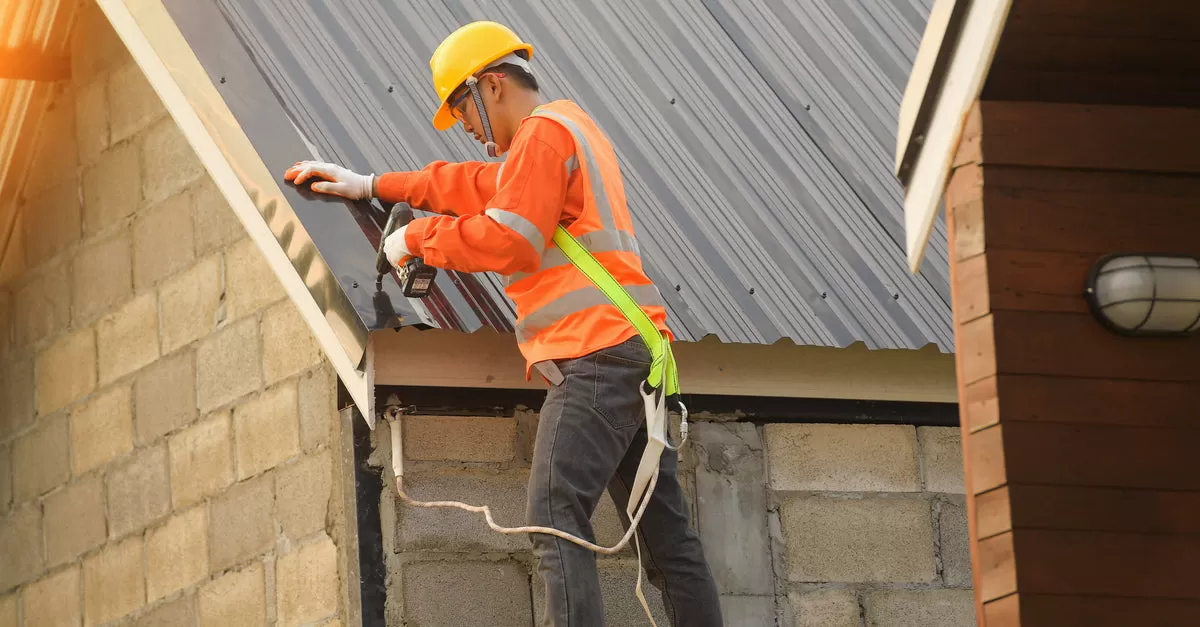
Making your sheet metal projects smoother can save time and cut costs. Here are some simple tips to keep things running efficiently:
-
Plan for Design for Manufacturability (DFM)
Keep your designs simple and avoid complicated bends or tight radii. This reduces errors and speeds up sheet metal bending and fabrication.
-
Choose the Right Hardware Early
Decide on PEM fasteners or other sheet metal hardware during the design phase. This helps with proper hole placement and sizing, making hardware insertion easier later.
-
Use Standard Sizes When Possible
Sticking to common sheet metal hardware sizes means faster sourcing and less waiting during ordering.
-
Communicate Clearly with Your Fabricator
Share your CAD files and any special requirements upfront with your CNC machining services. This ensures precision sheet metal parts and smooth laser cutting sheet metal processes.
-
Consider Prototyping First
Ordering a quick sheet metal prototype helps catch design issues early, avoiding costly revisions during production.
Following these tips helps streamline sheet metal fabrication, keeps hardware ordering simple, and leads to reliable custom sheet metal parts that meet your needs.
FAQs
What is sheet metal hardware?
Sheet metal hardware includes fasteners, PEM fasteners, clips, and inserts that help assemble, secure, or strengthen sheet metal parts in manufacturing.
Why is hardware important in sheet metal design?
Proper hardware ensures strong joints, smooth assembly, and durability while supporting design for manufacturability (DFM) principles.
How do I choose the right hardware for my sheet metal project?
Consider material compatibility, load requirements, and installation methods. Communicate your needs clearly when ordering.
Can HYCNC help with precision sheet metal fabrication and hardware installation?
Yes, HYCNC offers CNC machining services and custom sheet metal parts with accurate hardware insertion for reliable results.
What are common mistakes to avoid when designing sheet metal parts with hardware?
Avoid incorrect hole sizes, poor bend radius placement near hardware, and ignoring material compatibility that can weaken parts or cause assembly issues.
How do I prepare my design for ordering sheet metal hardware from HYCNC?
Ensure your drawings include accurate hole placements, bend radii, and hardware specs. Double-check design for manufacturability to save time.
Does HYCNC support custom sheet metal hardware requests?
Absolutely, HYCNC works with you to source or fabricate custom hardware tailored to your project requirements.
Where can I learn more about sheet metal fabrication best practices?
Check out helpful guides like sheet metal manufacturing and assembling sheet metal parts on the HYCNC blog.

